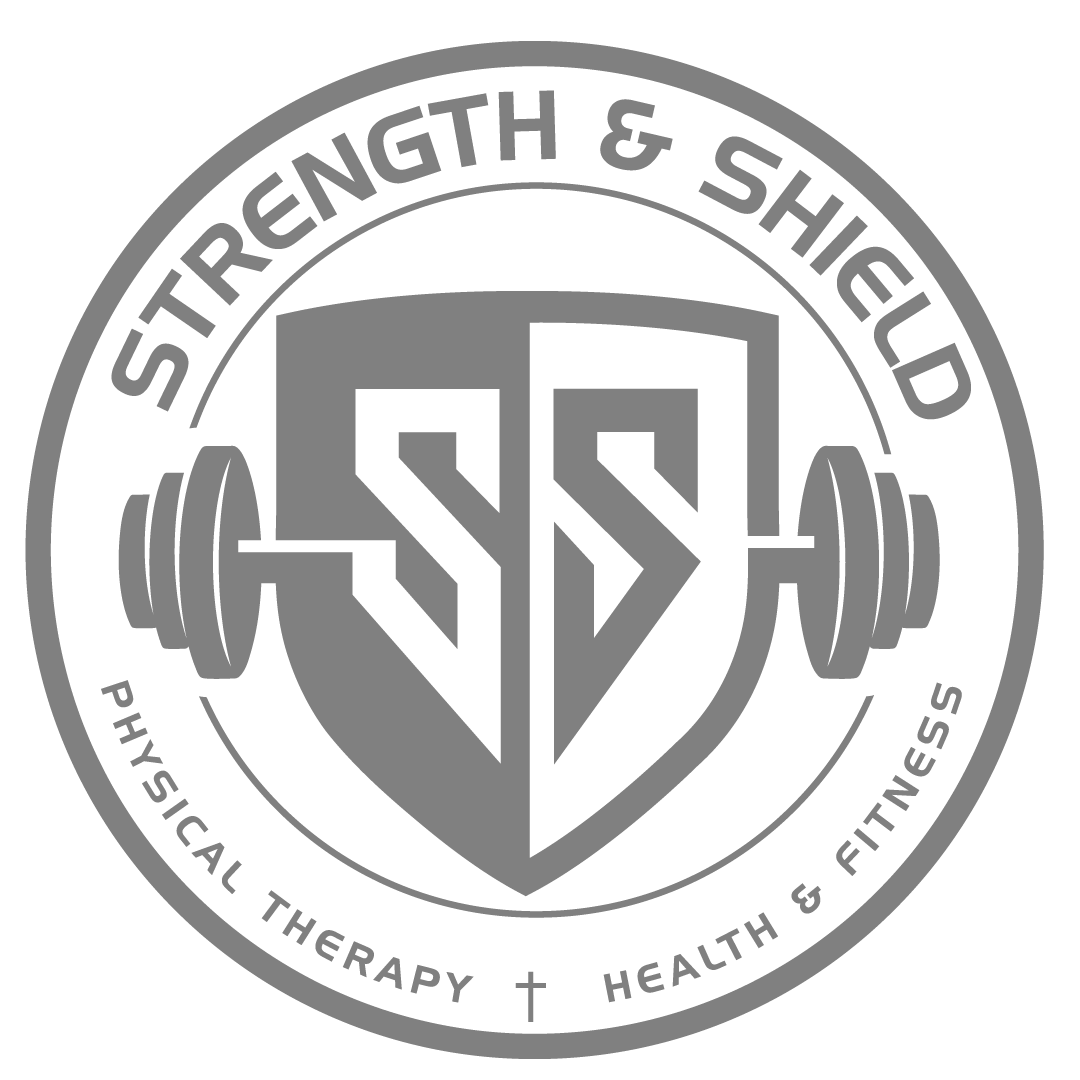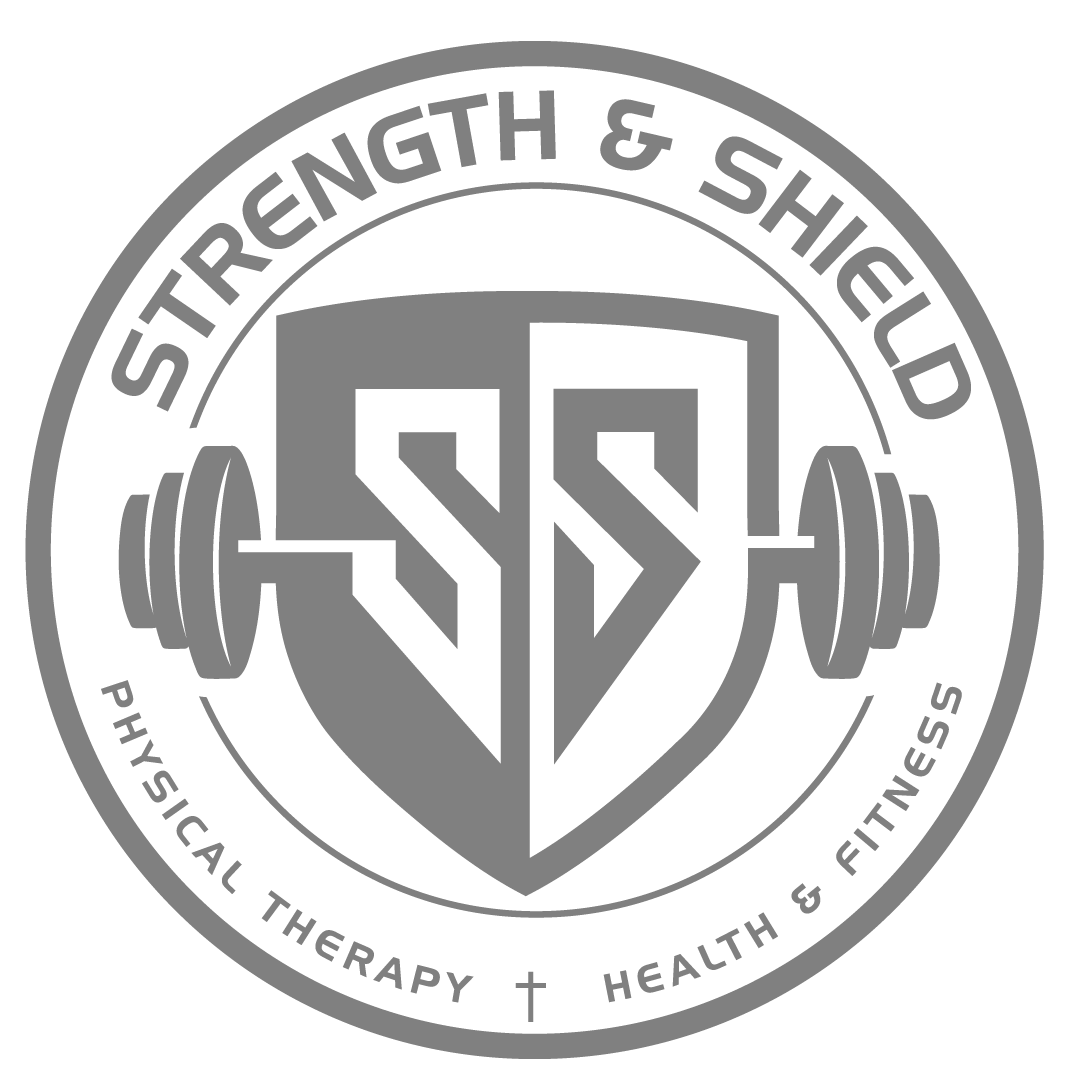
2930 W. Main St. Kalamazoo, MI. Inside Endurance Fitness & Wellness Gym
How Do I Keep My Back Healthy If I Sit All Day?
Tips you can implement today to keep a healthy back if you sit for most of the day
Before we begin, I should ask: Do you know what spine/back movements are described with the terms "flexion" and "extension"? You will need to understand this so that you know what you need to do and why, so take a sip of coffee and get this down:
"FLEXION" of your back is the forward direction, as when you bend down to pick your kid's socks off the floor for the 12th time in a day. Think "flexion = forward." Sitting normally places our low back in flexion.
The term "EXTENSION" is when you bend backward, as in when...well let's be honest, we hardly ever bend backwards (unless you happen to be a gymnast).
OK, got it? Good. Now take another sip of coffee (just because).
Flexion, Flexion, Flexion
Which of these two directions do we 21st century humans do all day? You guessed it. Flexion. And I'm hardly being dramatic, here.
A 2014 study [1] looked at Lumbar (low back) movements of healthy people, comparing total time in flexion vs extension. The results? People spend a median time of nearly 5 hours in flexion (20-30 degrees) and only 24 minutes of extension (anything backward from a neutral position).
Additionally, this same study found that people reached their maximum flexion range of movement 50 times in a day. How many times did people reach a maximum extension movement? Zero times. That's right - zero.
I hope you're seeing the imbalance in our daily back movements, now.
Who Cares? Get To the Tips Already.
I'm getting there, but it is important to understand this, especially if you already have back pain. A 2007 [2] study compared flexion & extension movements throughout the day of 2 groups of people and then compared those groups. The first group had back pain, the second did not (control group).
Do you think they found a difference between the back pain group and the control group in their daily movements (flexion vs. extension)?
Yes, they sure did. The back pain group were noted to spend significantly more time in flexion and significantly less time in extension than the control group, who had no pain. In other words, time spent in flexion vs extension was associated with back pain.
Take home point: it is very likely that you can improve the health of your back by decreasing time spent in flexion (sitting) and increasing time spent in extension.
See, wasn't that worth the wait? Okay, let's get to the tips.
1) Get a Lumbar Roll
2) Reverse the Curse
3) Get a Stand-Up Desk
4) Take a Walk
Tip #1: Get a Lumbar Roll
If you haven't read my other post describing how Lumbar rolls are associated with reduced back pain, you can read it HERE. I won't repeat myself in this post, but this is pretty much a must if you spend more than 1-2 hours at a time sitting. The Lumbar roll serves to prevent flexion. If you don't already have one, just go get one now and come back for tip #2.
Tip #2: Reverse the Curse
Just because it rhymes, we're going to call flexion "the curse." And so you need to frequently "reverse the curse," meaning that you need to get into extension frequently during the day. Prolonged flexion is what you want to avoid, so even if you can stand up and do 30 seconds of backbends with your hands at your low back every hour, that can go a long way in preventing pain and even damage. Watch
this 1-minute video of this movement.
Tip #3: Get a Stand-Up Desk
Even better than 30 seconds of extension every hour would be 30 minutes every hour. Of course, standing isn't full extension, but it is more of a neutral position.
The second benefit to standing is that your leg muscles help reduce the gravity load upon your back when you are standing vs sitting. Change position as often as you need. This frequent change in position is helpful for your knees as well.
Tip #4: Take a Walk
Last tip of the day - you made it. Taking even a short (1-2 minute) walk can do a boatload of good. First, it helps move you into extension and additionally provides some other movements as well. Second, you help avoid inflammation build-up from not moving. Third, your knees will thank you. Fourth, it can help prevent blood clots if you are a person at risk for those. And fifth, you can warm up your coffee. Hot coffee always tastes better.
I pray this has been helpful in stewarding your body well for service to the Lord.
SSMPT travels to all of Kalamazoo County and parts of Van Buren and St Joseph counties.
By City: Galesburg - Kalamazoo - Marcellus - Mattawan - Paw Paw - Plainwell - Portage - Richland - Schoolcraft - Scotts - Three Rivers - Vicksburg
[1] Rohlmann A, Consmüller T, Dreischarf M, et al. Measurement of the number of lumbar
spinal movements in the sagittal plane in a 24-hour period. Eur Spine J. 2014
Nov;23(11):2375-2384.
[2] Bakker E, Verhagen A, Lucas C, et al. Daily spinal mechanical loading as a risk factor for
acute non-specific low back pain: A case-control study using the 24-Hour Schedule.
European Spine Journal, 2007;16(1):107-113.
"The LORD is my strength and my shield; in Him my heart trusts, and I am helped; my heart exults, and with my song I give thanks to Him." - Psalm 28:7
269 . 276 . 6742
(Fax: 269.397.2147)
2930 W. Main Street
Suite #1
Kalamazoo, MI 49006
<Call for office hours>
DrJon@SSmobilePT.com
